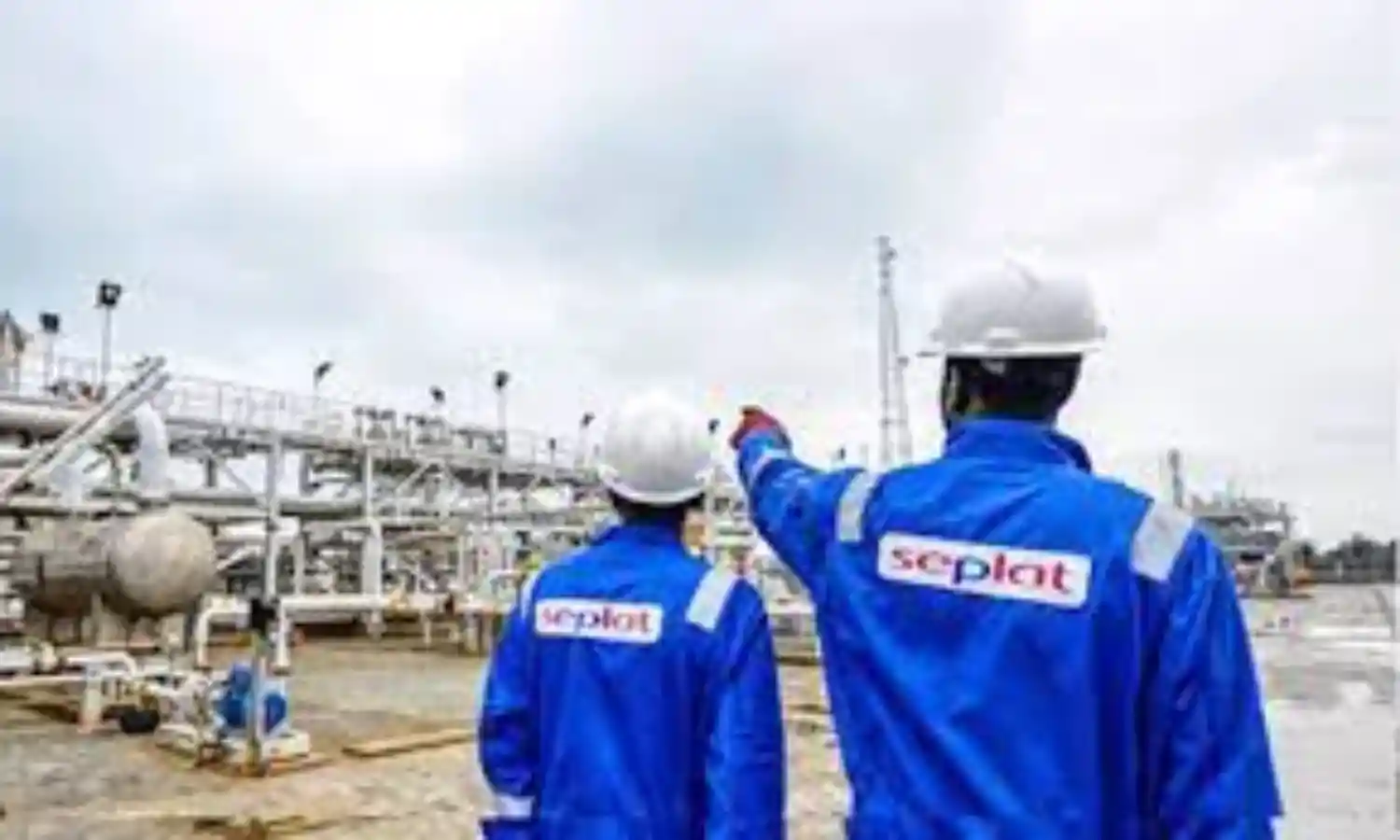Seplat Energy to expand gas production capacity by 390 MMSCF
According to the COO, currently the company is producing 460MMSCF of gas per day but would ramp up production to 850 mmscf per day by year end when Assa North Ohaji South (ANOH) and Sapele Gas Plants come on stream.;

Mr. Samson Ezugworie,Chief Operating Officer, Seplat Energy, says the company is set to increase its gas production capacity by an additional 390 million standard cubic feet (MMSCF) of gas by year-end.
Ezugworie disclosed this to newsmen shortly after his participation in a panel session at the Africa Energy Forum held on the sidelines of the Oil Technology Conference (OTC) in Houston, Texas, on Wednesday.
The theme of the forum is “The Future of Energy Transformation in Africa: Clean Energy and Business Sustainability.”.
He said that the 390 MMSCF of gas would be added to the 460 MMSCF of gas per day to make 850 MMSCF of gas per day by year-end.
According to the COO, currently the company is producing 460 MMSCF of gas per day but would ramp up production to 850 MMSCF per day by year-end when Assa North Ohaji South (ANOH) and Sapele Gas Plants come on stream.
He maintained that the entire 850 MMSCF of gas would be dedicated to the domestic gas market to support economic growth.
He explained that the injection of the 850 MMCF of gas would go a long way in solving problems around gas-to-power because the gas produced from its Oben gas plant goes into the national grid, thereby boosting power generation capacity.
On gas pricing and debt, the Seplat boss said this remained a major issue in the industry, which discouraged most international oil companies (IOCs) from investing in gas.
This, he noted, was because the pricing needed to be gotten right, while, on the other hand,
He said the piling debt for gas production was a major disincentive, making it a less profitable business.
‘‘But for us at Seplat, what has played out for us is in the areas of strategy and foresight because we clearly know that even if you owe today, there is a chance that you will pay tomorrow because the issue about debt is clearing.
“Now, we are working ourselves into the interruptible gas supply and willing buyer, willing seller contracts.
“In addition to that, what we are also doing is that we have a payment structure for those who are off taking our gas that ensures that going forward, we are not going to have debts piling up. But then, have a structured way of paying outstanding debts.
“Though it is a delicate balance because this is something we have to do to contribute to the growth of the country,.
“At the end of the day, you will see that the profit margin is not that significant,’’.
To lend credence to the claim of low margins, the COO disclosed that gas accounted for 40 percent of the company’s production at the end of 2023 and liquids for 60 percent.
However, he said revenue from the 40 percent gas production was 11 percent at 123 million dollars.
‘‘So, what does that tell you? The revenue margin is very small, but not a waste.
“We see that as a good vehicle that we also need to leverage in running the oil business.
“Why is it so? If you want to run the oil business in a very responsible manner, then it has to go back to environmental, social, and governance (ESG) considerations,” he said.
Ezugworie says the company has concluded plans to end gas flaring in 2025.
He said that Seplat is a Nigerian independent oil company and a company listed on both the London and Nigerian stock exchanges.
He said the 2025 target would be reached when the Assa North Ohaji South (ANOH) and Sapele gas plants come on stream, thereby increasing its supply capacity to 850 MMSCF of gas daily.
He said: “In the past, gas was perceived to be a bad business because all the oil and gas installations did not have a way of harnessing the associated gas from oil production.
“The associated gas was flayed, thereby impacting negatively on the environment.
“Now, that has changed in Seplat. We have made conscious efforts to harness the associated gas by putting gas solutions in place. By the second half of 2025, we will bring routine gas flaring to an end.
“With those two projects coming and 850 million scf of gas per day capacity, the gas will be used by all and 100 percent within Nigeria for domestic use.”

